Fudd Friday: Stevens 320 20-Gauge Is A Fun Budget Field Shotgun

Keen TFBers might remember James Reeves putting a Stevens 320 12-gauge through a 500-round burndown (if not, see here). Over the past three years, I’ve been putting a Stevens 320 through my own evaluation, but not by firing off a few hundred rounds in one go. I bought a 20-gauge, field-length version of this made-in-China pump-action and have been hunting with it for a variety of game.
Stevens is back! @ TFB:
Familiar faces
The Stevens line is a sub-brand of Savage Arms, founded in 1864 and used on and off over the years to offer lower-priced firearms after Savage acquired it in 1920. In the past, Stevens offered firearms similar to Savage (sometimes even branded as Savage-Stevens), but with a lower-end finish. Now, the Stevens brand seems to focus on imported firearms that can be sold at a lower price than Savage’s made-in-America guns.
As for the Model 320, this is a copy of the Winchester 1200 pump-action, which has been in production since 1964; it’s the same design as the current-production Winchester SXP, which is made in Turkey. The Stevens Model 320 is made in China by the Sun City Machinery plant.
Fit and finish
The Field Grade version of the Stevens 320 is a basic, plain-Jane gun. The black synthetic furniture is obviously built to a price point, although I do think it has a futuristic look, almost like a Benelli Nova, if you like that aesthetic. The metal comes with a paint finish on the aluminum receiver, just like the old Winchesters, and a matte coating on the barrel. I’ve seen it described as bluing, but whatever it is, it’s not a traditional blued finish; it’s that cheaper matte finish that all budget-priced guns seem to come with these days.
The shotgun I received had some ugly tooling marks on the bolt, and the finish on both the steel and aluminum parts seems to be quite thin and easily scratched.
Pay a bit extra, and you can upgrade the Stevens 320 to camo furniture, but I have not seen any version offered with a better finish on the metal.
The mechanical bits
The Winchester 1200 action is built around a bolt with a rotating head that works back-and-forth in an aluminum receiver, with the lugs locking into the barrel. While it’s not as beloved as the Model 12 it replaced, or even the competing Remington 870 or other pump guns with steel receivers, the reality is that this design has been around a long time and has shot a lot of wild game. Once upon a time, my only proper hunting firearm was a Winchester 1300, which used the same action, and the only issue I had was the action bars breaking after severe abuse, when the brazing that attached them to the forearm tube let go. I’ve also heard the shell stoppers in the magazine tend to wear out.
Either of these parts is easy to replace, because the 1200 action was designed to be easily repaired without needing finicky hand-finishing by a gunsmith. And the advantage of this rotating-bolt design is that the 1200 is extremely fast to operate—indeed, it was sometimes marketed as a “Speed Pump,” where the shooter could keep a stiff arm on the forend and use the gun’s recoil to help them work the action quickly.
My Stevens 320 cycles almost as fast as my old Winchester did; the internals aren’t worn as smooth from thousands of rounds being pumped through the gun over a decade and more of use, but it’s pretty close. I was actually pleasantly surprised; right out of the box, my 320 was a slick-running shotgun. I took the action apart to make sure it was clean of debris from the factory, gave it a coat of oil, and went shooting.
Controls are the exact same as my old Winchester, too. A large crossbolt safety in front of the trigger guard. Same loading gate under the receiver; while some Chinese factories will copy and paste features from multiple shotguns onto a single model when they start production, this is basically a copycat.
Do I have a problem with that? All I’ll say is this: Sun City Machinery and Stevens are hardly the first to do it. Gunmakers have been copying each other’s designs since the trade began.
Shooting the Stevens 320
I bought the Stevens 320 because it was the most affordable 20 gauge I could find. Repeater 20s are rare in my neck of the woods, especially if you want one chambered for 3-inch shells. I wanted to try the 20 for jump-shooting coastal ducks, and also for upland game and maybe even a bit of deer hunting. I wanted a lightweight shotgun that was fun to shoot and fun to carry, and I couldn’t find the BPS Upland Field 20-gauge that I really wanted, since they’ve been out of production for a while now.
One knock against the Winchester 1200 design, which also applies to the Stevens 320, is that both the 12 gauge and 20 gauge models were built on the same receiver. That means this isn’t as compact and lightweight as a shotgun specifically built for 20 gauge shells, but with the 26-inch barrel and the lightweight furniture, the Stevens 320 weighs 7.5 pounds in 20 gauge and is certainly a lot more pleasing to carry than the old 10 gauges I used to tote in the duck marsh.
Like any good pump-action, you can run the Stevens 320 on autopilot when the ducks are pouring into your decoys hot and heavy. While Reeves was able to gum up the 12 gauge security model of the 320 with a burndown, you’re not going to fire that volume in your waterfowl blind. I had no issues with jamming or other unpleasantness. I took the Stevens 320 upriver this year for the waterfowl opener, and was quite happy with its performance in the highest-volume shooting of the year, pass-shooting at ring-necks mostly. The reduced recoil was pleasant, and I enjoyed the handling of the shorter 26-inch barrel—I think it’s the ultimate compromise for a duck gun that sees duty in a blind, but also as a field gun you take walking. And while the receiver is the same size as the 12 gauge, the smaller 20-gauge barrel leaves you with less mass swinging around for jump shooting. I’m a fan.
I also used the Stevens 320 a lot during deer season; sometimes I toted it loaded up with slugs or buckshot, actually looking for deer. Other times, I simply carried it in case I saw a partridge or rabbit while scouting new territory… or in case some crows needed to be eliminated from a stand. Whatever the reason, this was a much handier shotgun than my longer, heavier 12-gauge semi-autos and pumps. With a sling snapped into the mounting points at the end of the mag tube and buttstock, carrying was easy, and it was handy to have the firepower ready when a target did present itself.
One thing the Stevens 320 gets absolutely right is the furniture. I’ve seen criticism of the recoil pad on the 12 gauge, but it’s no issue on the 20 gauge. I particularly like the extended forearm, which lets you grip closer to the receiver than the corn-cob style on older shotguns. The ribbing at the back of the forend helps you keep a close grip, even when wearing gloves. I think it’s the best furniture I’ve ever used on a cheap shotgun.
Who should buy one?
Do you want a Stevens 320 in 20 gauge? I have not had a chance to compare it side-by-side with the Mossberg Maverick 88, which is claimed to be a half-pound lighter, and comes in at a higher MSRP. If I had a choice, I think I’d prefer the made-in-America Maverick, which has long ruled the roost as the best affordable pump gun in the U.S.; they will endure a lot of abuse, and have a lifespan that is far better than their price tag would imply.
But having said that, I like the look of the Stevens better, I like the furniture better and I have always preferred the feel of the Winchester 1200 action to the Mossberg pumps. MSRP for the Stevens 320 starts around $219, while the Maverick is $276. That’s a lot of money for some cash-strapped families today, and I know parents who bought these Stevens on sale because they had multiple kids to outfit, and this was the most affordable way to do so. If you’re in a gun store that has both, handle them side-by-side; that might be enough to persuade you to buy the Stevens 320, especially if you’re not looking to do a TFBTV-style burndown, but only shoot a few boxes of shells a year.
See more details on the Stevens 320 Field Grade here.
We are committed to finding, researching, and recommending the best products. We earn commissions from purchases you make using the retail links in our product reviews. Learn more about how this works.















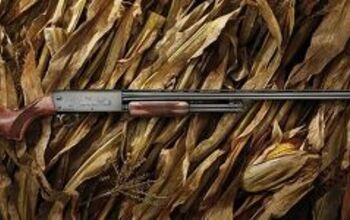
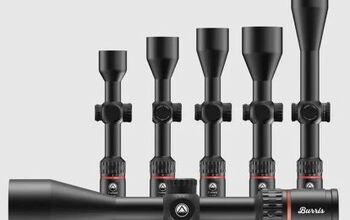


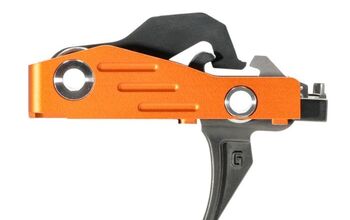
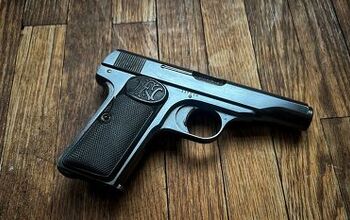
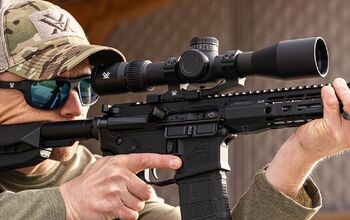

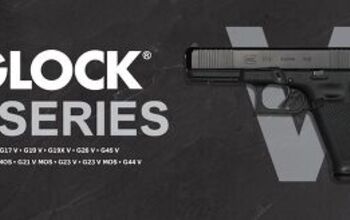
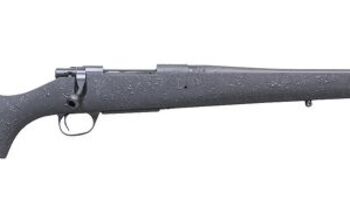

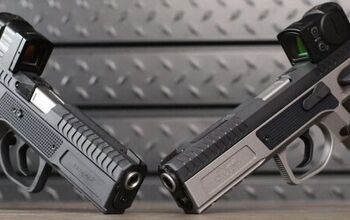


Comments
Join the conversation
Like a mid priced Turkish gun, but worse. “Think you hate it now, wait’ll you DRIVE it”
If its out of China they can keep it . Would much rather buy one made in any other country and keep my few dollars from supporting a communist regime.